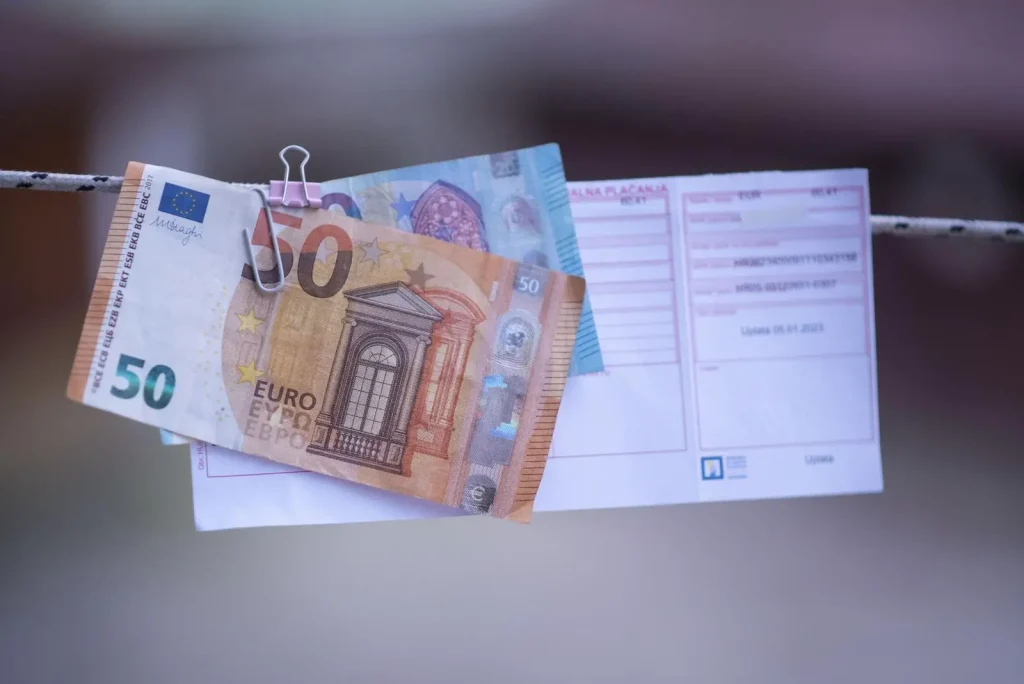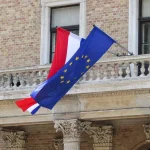Croatia finally joins Schengen
After being a member of the European Union (EU) since July 2013, Croatia has now finally taken a step into much deeper integration by joining the passport-free Schengen zone, the largest such zone on the planet, which enables the totally free movement of over 400 million people. The move will facilitate the ease of travel into and out of Croatia though land borders, with airports set to follow in March. The scenes we’ve all unfortunately become familiar with of endless queues at the Slovenian border to enter the country each summer, sometimes going on for hours on end, are now a thing of the past. With the opening of the Peljesac bridge back in July 2022 also, very similar queues at Neum (neighbouring Bosnia and Herzegovina’s only small piece of coastline) were also resigned to the history books.
Croatian Schengen accession was long awaited, and a nail-biting decision process saw the southeastern European nation readily accepted, while two other candidates, Romania and Bulgaria, still have to wait. For a nation which relies extremely heavily on tourism and for which tourism is its strongest economic branch by far, passport-free entry from the rest of the Schengen zone will be of an enormous benefit, as for a great many people, Croatia is a country one can drive to without much of an issue. The same can be said of air traffic, which will (as mentioned above) begin following the new Schengen rules in March, by which planes coming into the country from other Schengen member states will be treated as domestic flights.
Businesses and particularly Croatian exporters have made no effort to hide their elation with Schengen membership, as it is something the latter in particular have been hoping and pushing for for many years now.
Croatia joins the Eurozone and officially adopts the euro as its currency
The big news doesn’t end with joining Schengen, with the country also joining the Eurozone on the very same day (the 1st of January, 2023). No country has ever successfully joined both of these EU zones on the very same date before, and Croatia has had a lot of adjusting to do despite having a long time to prepare for the changes to both border and monetary policies. The scrapping of the kuna, which has been Croatia’s official currency since May 1994, and the adoption of the bloc’s single currency, has been a mixed bag for most of the population. While many are thrilled about further EU integration and no longer being victims of exchange rate fluctuations, others are mouring the loss of Croatia’s control over its own monetary policy (despite the fact that the kuna has been stable and also tied to the euro in many ways for years), and are worried that prices will quickly start shooting up for all kinds of goods and services.
While people scramble to use the last of their kuna and annoying little lipa coins given the fact that kuna cash can still be spent across the country until the 15th of this month, change will only be returned in euro banknotes and coins. Introducing the brand new currency during inflation which is still spiralling is far from ideal, and many price hikes which we’ve seen since the introduction of the euro have unfortunately been the result of not only a new currency, but the difficult economic situation we’re still finding ourselves in during the post-pandemic, raging Russia-Ukraine war period.
Many forget that the reason there was no referendum on joining the Eurozone or not was because it was signed and sealed and agreed when the country joined the EU. Unlike nations which had been founding members or were very old members, such as the United Kingdom, which could freely opt out of ever adopting the euro, it was part of the deal for Croatia and as such the referendum on joining was also the referendum on adopting the bloc’s currency.
Some have raised their prices, and the government is on their case
Keen eyes have been observing the prices in the first week of euro adoption, with some going up and some staying as they were. Certain goods and services are slightly more expensive than they were in the pre-euro era, while others, such as the prices for tickets issued by Croatian Railways (HZ), have remained the same as they were when they were being expressed solely in kuna.
Plenkovic has even been threatening stores and the government has thought up the idea of creating a so-called ”black list” of companies which have increased their prices following Eurozone accession, which some have referred to as a stupid and useless idea. The government has openly stated that it will not the body to drag prices back to what they should be, but that it will do everything in its power to force the businesses trying to cheat the situation for a euro or two more to do it themselves. Measures to tackle these abuses have been outlined here.
It’s more than safe to say that people are rightfully feeling betrayed after months and months of being told by the powers that be that any prices increases will be temporary and minimal. You can read more on price increases and so-called ”price rounding” by clicking here.
For more, make sure to check out our dedicated politics section and keep an eye out for our Week in Croatian Politics articles which are published every Friday.











